
If your thing is to live in search of nature, this four day Tambopata tour will be everything for you. Peru is a megadiverse country, we have a large part of the Amazon, the only lung of the planet. What more could you ask for, Peru is our earthly paradise. Diversity of species of flora and fauna together to delight us to the maximum. Our duty is to protect these areas, leave the rest in the hands of CuscoPeru.com always ready to help you in everything related to the itinerary of your trip. Enjoy this and all our tours to the fullest.
Duration:4 days and 3 nights.
Departures: Every day, all year round.
Private service.
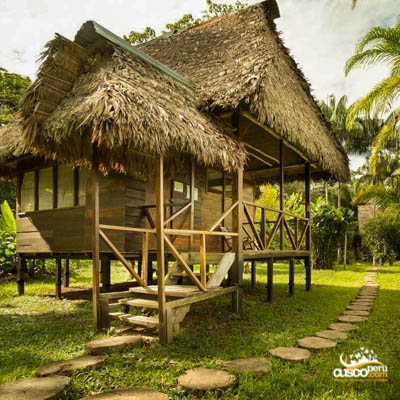
INCLUDES:
NOT INCLUDED:
Note: PROGRAMS TO TAMBOPATA RESEARCH CENTER - There is an additional payment of $ 60 per person for the entrance to the National Park that applies to visitors to Tambopata Research Center (TRC) - Rate subject to change according to SERNANP regulation.
Arrival and reception by guide: Our guides are biologists, tourism professionals or members of the community. We assign guides in a ratio of 1 to 6 in the Tambopata Research Center. This means that groups of less than six members will be reunited with other groups under one guide. If you would like a private guide or a guide who speaks a language other than English, please let us know.
Transfer Airport / office in Puerto Maldonado: After your arrival in Lima or Cusco, you will be welcomed at the airport and taken to our office in Puerto Maldonado ten minutes away. While you enjoy a first contact with the jungle in our gardens, we will ask you to take only what is necessary for the next few days. The rest can leave in our secure warehouse. This helps us to keep the boats light.
Transfer office Puerto Maldonado / Puerto de Tambopata: We will skirt Puerto Maldonado in a 20 km journey to reach the port of embarkation. This is in the Native Community of Hell, and is administered by a communal initiative.
Transfer by boat Tambopata Port / Amazonas Refuge: This two and a half hour journey takes us through the Native Community of Infierno, and beyond the control post of the Tambopata National Reserve, directly to the buffer zone of This protected area of more than one million hectares. Lunch Lunch box.
Orientation: After arrival, the hostel manager will welcome you in addition to important, recommendations for your stay, and a dinner.
Search for alligators: We will go out at night and during the boat ride along the Tambopata River, we will look for the red reflection of the eyes of the alligators on the river banks supported by our lanterns. Overnight in Amazon refuge.
Visit to the lake: After breakfast, we will take a canoe or catamaran trip around the lake looking for resident species, such as the shansho, the camungo and the alligator. Expect to see the river wolves, which however are not frequently seen here. We can also observe macaws and parrots flying over the lake.
Canopy Tower: A half hour walk from Refugio Amazonas takes us to the Canopy Tower, 25 meters high. A ladder with railing provides safe access to the platforms above. The tower has been built on high ground, increasing the visibility over the horizon of primary forest extending into the Tambopata National Reserve. From here you can see different species of birds such as toucans, macaws and raptors, among others.
Transfer in Amazon refuge boat / Tambopata research: Four and a half hours away, in the heart of the reserve, lies the Tambopata Research Center. After an hour and a half, we reach the mouth of the Malinowski River and leave behind the human presence. At the core of 700,000 uninhabited hectares of the reserve, we can observe ronsocos, alligators, geese, macaws and other more common animal species.
Lunch box. Orientation: After arrival, the hostel manager will welcome you with important recommendations for your stay.
Viewpoints on the Tambopata River. We will go for a walk along the Tambopata River on this road of three to five kilometers. We can enjoy an amazing view over the Tambopata River. The path crosses a forest formed on remnants of an ancient bamboo forest. It is a habitat where the monkey stump and howler monkey are found. Dinner. Presentation on the macaw project. After dinner, the resident scientists will give a talk, in which they will provide us with a complex picture of the biology of the macaws, their feeding habits, the theories for the use of the clay licks, their ecology of behavior and their feeding, varieties within a population, population fluctuations and threats and problems for their conservation. Overnight at the Tambopata Research Center.
Macaw clay lick: Breakfast. On most days of the year, dozens of macaws and hundreds of parrots congregate on this great clay wall in a show of colors and sounds, which inspired a cover article in the National Geographic magazine. Located discreetly from very early in the morning about 100 meters from the cliff we will observe the three large species of macaws and innumerable species of parrots, feeding on the clay. The visit is made at dawn, when the clay lick is mostly active.
Walk through the flood forest: This five-kilometer road covers the prototypical rain forest with huge trees crossed by streams and small ponds. Among the ficus, the ceibas and the shihuahuacos we will look for the squirrel monkeys, the black machines and the maquisapas, as well as the sajinos. TRC is located in this habitat. Lunch.
Pond platform: Ten minutes upstream from the lodge there is a small pond with a platform in the middle. It is a great place to find waterfowl such as ducks, herons and shanshos, as well as woodpeckers, orioles, flycatchers and parrots that have found their home in the vicinity of this pond. Dinner.
Night walk. We will have the opportunity to walk at night, which is the time of activity of most mammals, although it is difficult to observe them. Far more common are frogs with shapes and sounds as extravagant as their natural histories. Overnight at the Tambopata Research Center.
Transfer by boat / Puerto de Tambopata (Tambopata Port) / transfer Puerto de Tambopata / office in Puerto Maldonado / Airport: We will return to the Puerto Maldonado office, for a brief stop and continue to the airport. Depending on the departure times of the flights, a departure early in the morning may be necessary. We take the liberty to change the order of activities.
Note: PROGRAMS TO TAMBOPATA RESEARCH CENTER - There is an additional payment of $ 60 per person for the entrance to the National Park that applies to visitors to Tambopata Research Center (TRC) - Rate subject to change according to SERNANP regulation.
The registration process for all our guests is from 1:00 p.m. to 8:00 p.m., our departure is from the morning, until 8:00 a.m. at the latest, thus concluding this Tambopata tour to the jungle of 4 days.
To start your reservation process please send us the following information:

As condições climáticas variam dependendo das cidades e da estação do ano em que você decide fazer sua viagem, a altura, a água, a troca de moeda, a voltagem elétrica e muitos outros dados a serem preparados. Esta informação irá ajudá-lo a organizar a sua viagem e aproveitar a sua estadia sem preocupações.
Pela geografia de Perú o clima é variado pelo que lhe recomendamos consultar especificamente sobre a situação climática dos lugares que vai visitar e as datas que vai realizar a viagem.
A hora peruana é GMT-5 horas e é a mesma que a hora normal da zona Este dos Estados Unidos de América.
Os cidadãos da maior parte dos países de América e Europa Ocidental não requerem de visa para visitar o Peru.
Se você é de outro pais lhe recomendamos aproximar-se ao consulado peruano em seu Pais para obter mais Informação.
A moeda oficial de Peru é o “Sol” (S/.) Dividido em 100 cêntimos. Circula em moedas de 0.10, 0.20 e 0.50 cêntimos; e de 1, 2 e 5 Soles. E em bilhetes temos de 10, 20, 50, 100 e 200 Soles.
A voltagem elétrica é de 220 volts, tem uma frequência de 60 hertz e as tomadas elétricas geralmente utilizados são de tipo A, B e C.
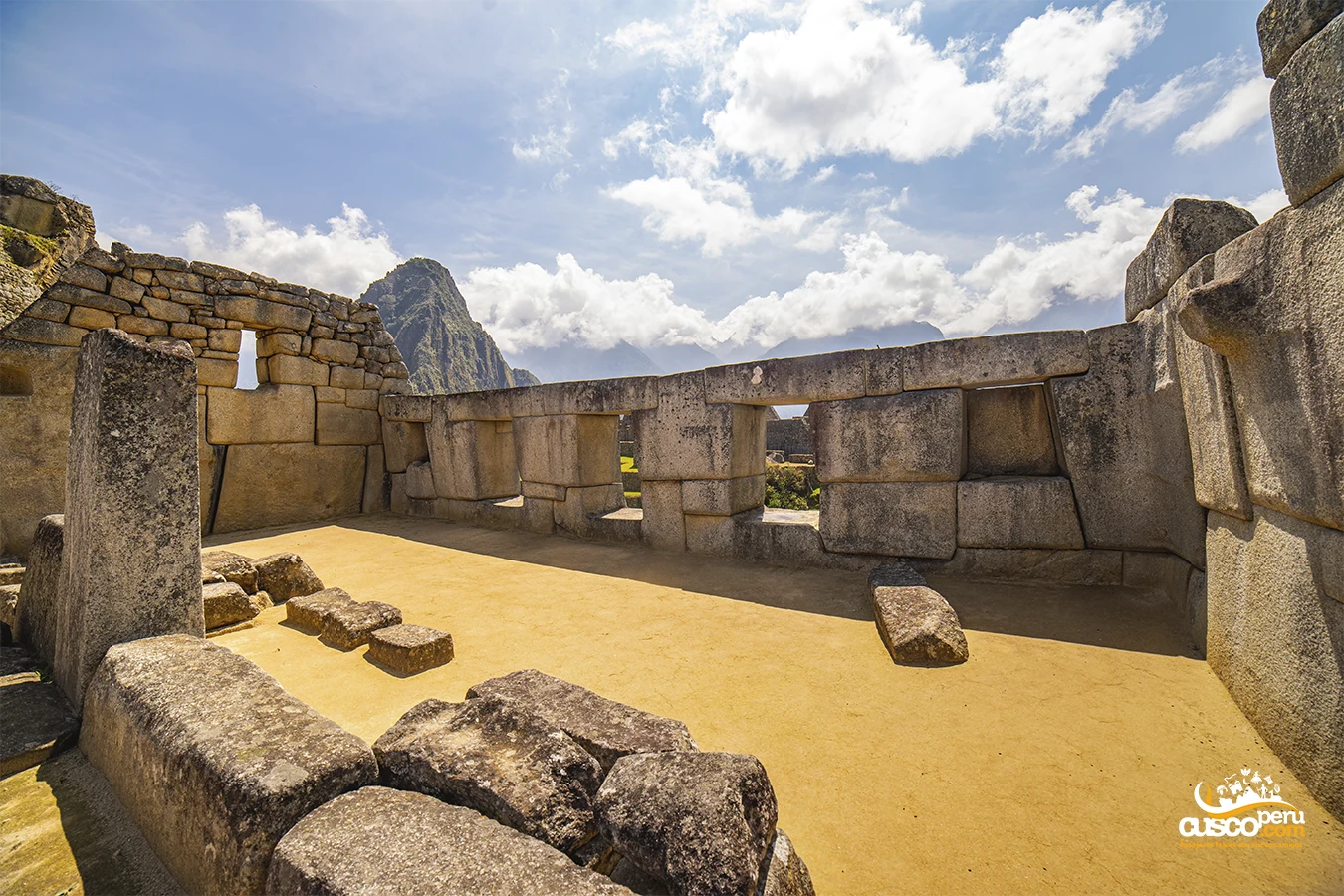

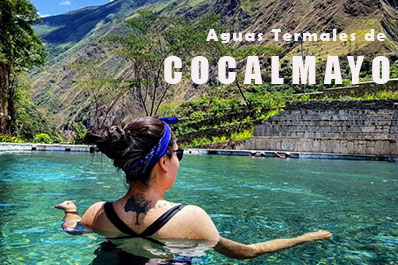
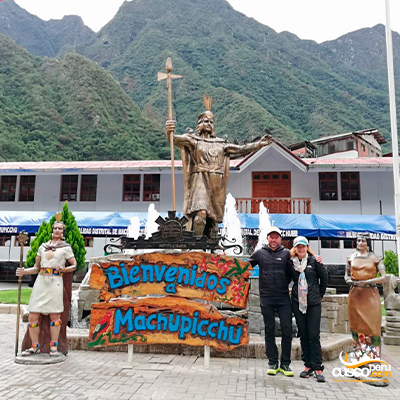
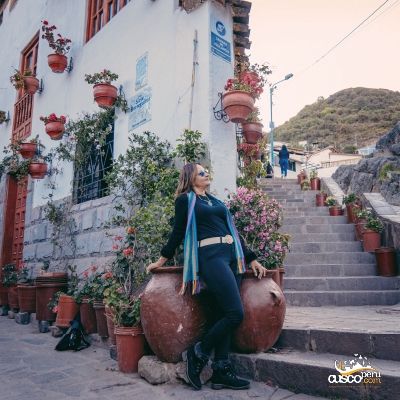
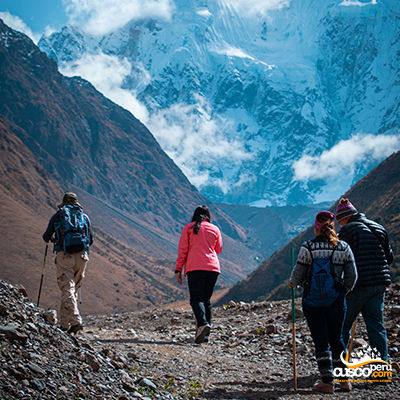


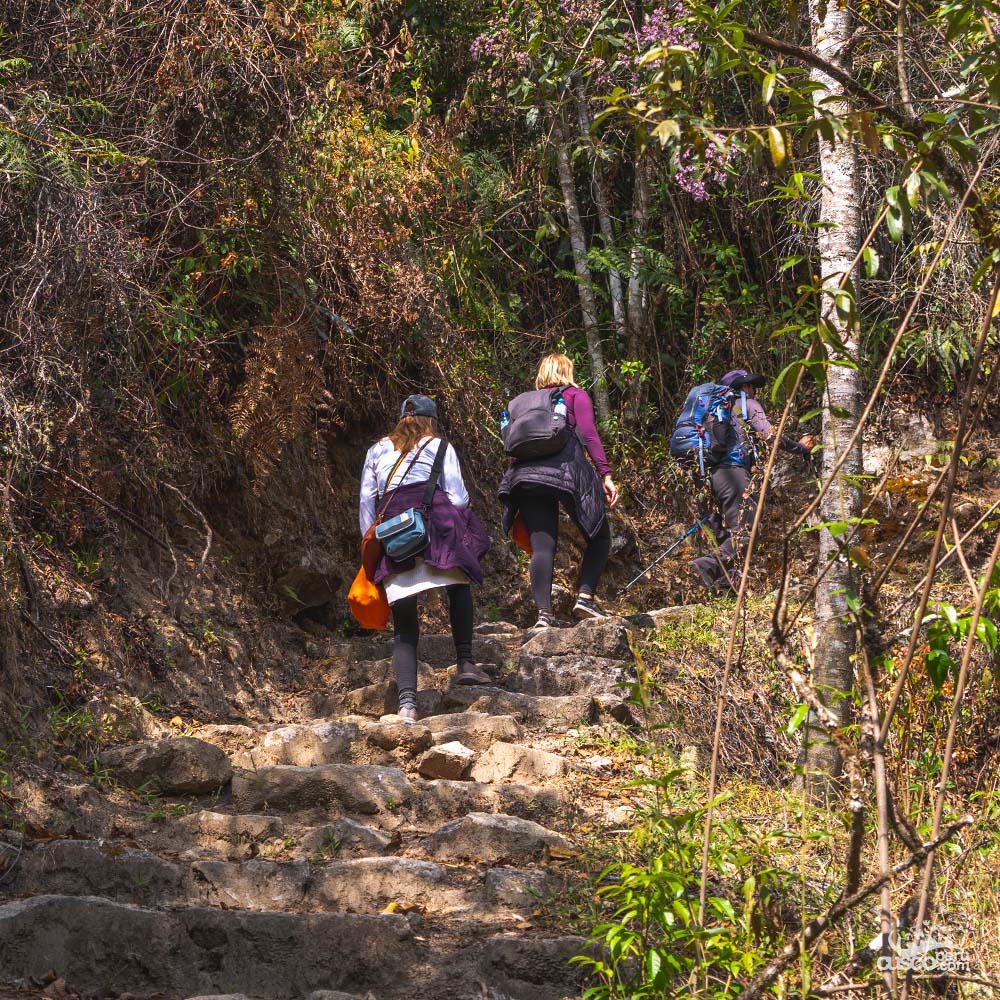
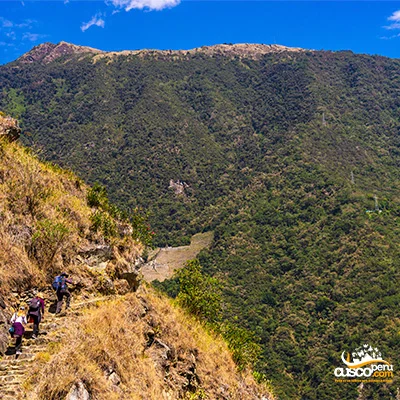
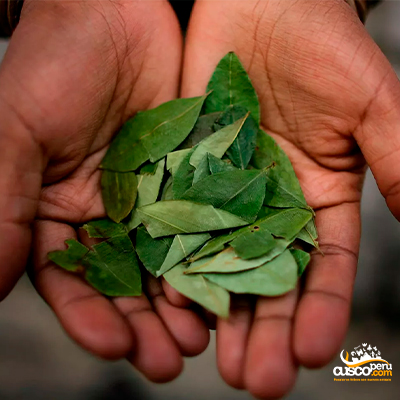
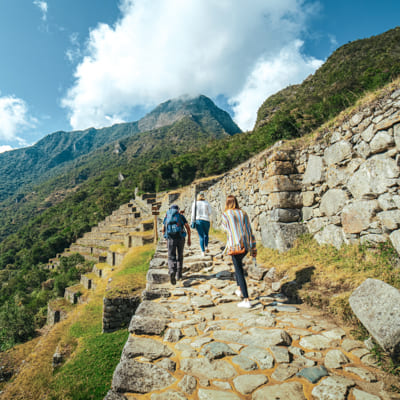




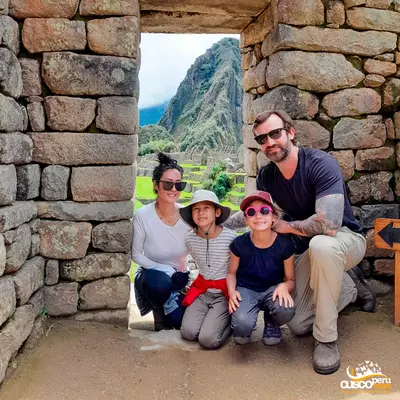



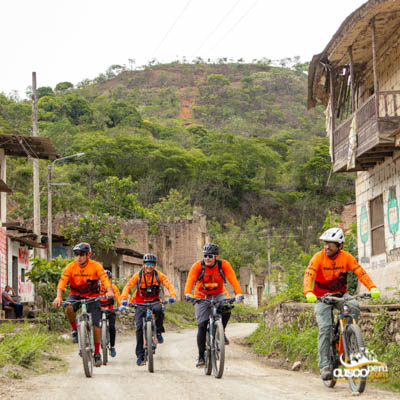

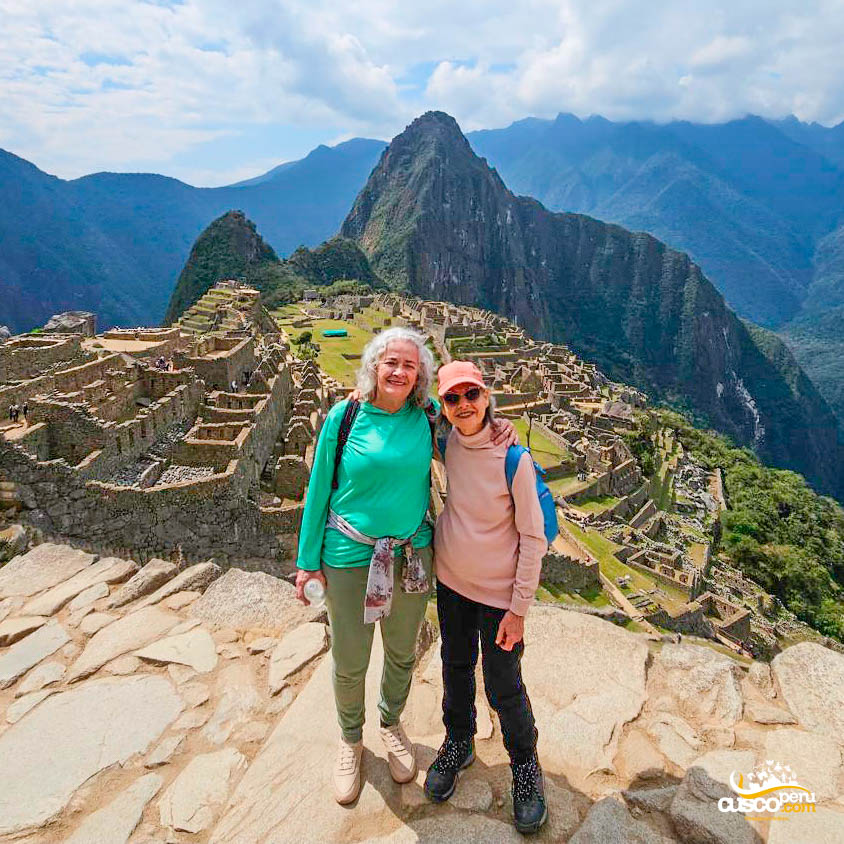




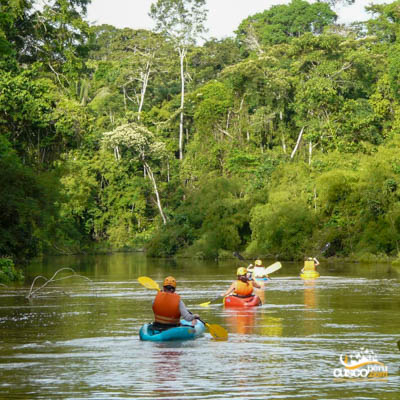

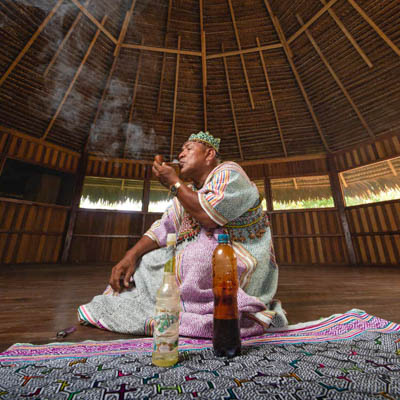

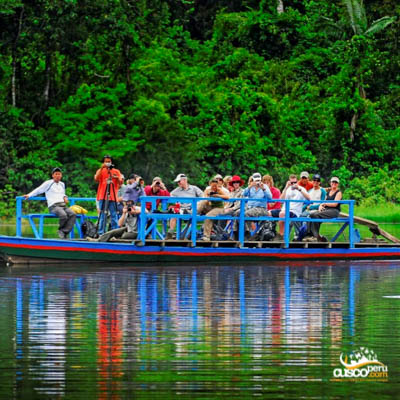

Happy passengers